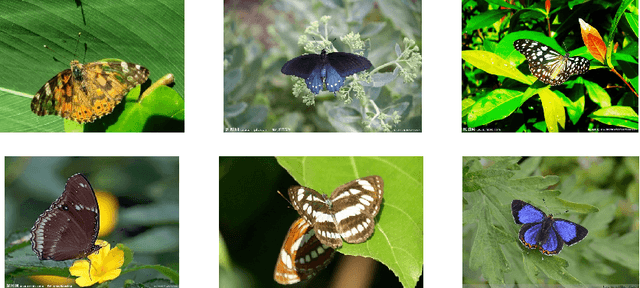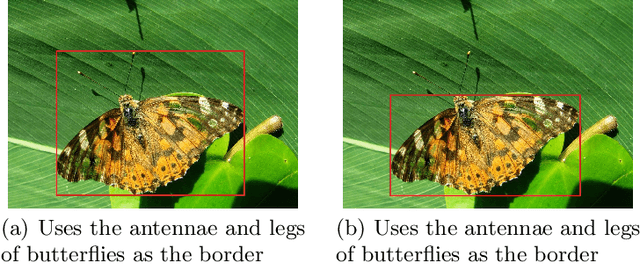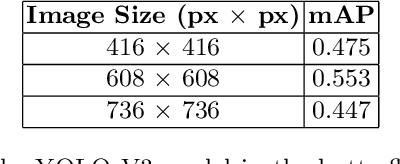Jingyu Hao
Annealing Genetic GAN for Minority Oversampling
Aug 05, 2020



Abstract:The key to overcome class imbalance problems is to capture the distribution of minority class accurately. Generative Adversarial Networks (GANs) have shown some potentials to tackle class imbalance problems due to their capability of reproducing data distributions given ample training data samples. However, the scarce samples of one or more classes still pose a great challenge for GANs to learn accurate distributions for the minority classes. In this work, we propose an Annealing Genetic GAN (AGGAN) method, which aims to reproduce the distributions closest to the ones of the minority classes using only limited data samples. Our AGGAN renovates the training of GANs as an evolutionary process that incorporates the mechanism of simulated annealing. In particular, the generator uses different training strategies to generate multiple offspring and retain the best. Then, we use the Metropolis criterion in the simulated annealing to decide whether we should update the best offspring for the generator. As the Metropolis criterion allows a certain chance to accept the worse solutions, it enables our AGGAN steering away from the local optimum. According to both theoretical analysis and experimental studies on multiple imbalanced image datasets, we prove that the proposed training strategy can enable our AGGAN to reproduce the distributions of minority classes from scarce samples and provide an effective and robust solution for the class imbalance problem.
Butterfly detection and classification based on integrated YOLO algorithm
Jan 02, 2020



Abstract:Insects are abundant species on the earth, and the task of identification and identification of insects is complex and arduous. How to apply artificial intelligence technology and digital image processing methods to automatic identification of insect species is a hot issue in current research. In this paper, the problem of automatic detection and classification recognition of butterfly photographs is studied, and a method of bio-labeling suitable for butterfly classification is proposed. On the basis of YOLO algorithm, by synthesizing the results of YOLO models with different training mechanisms, a butterfly automatic detection and classification recognition algorithm based on YOLO algorithm is proposed. It greatly improves the generalization ability of YOLO algorithm and makes it have better ability to solve small sample problems. The experimental results show that the proposed annotation method and integrated YOLO algorithm have high accuracy and recognition rate in butterfly automatic detection and recognition.
 Add to Chrome
Add to Chrome Add to Firefox
Add to Firefox Add to Edge
Add to Edge